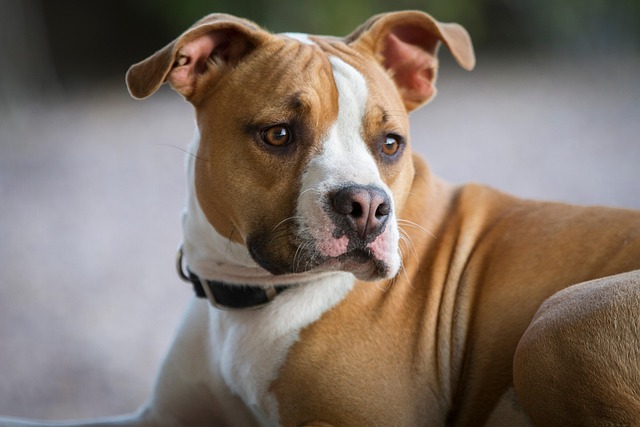
How do i train my dog to be obedient?
Watching your dog dart across the park ignoring your calls isn’t just frustrating—it can put them at risk near busy streets or public spaces.
Watching your energetic pup pace the living room, whining for action while you’re stuck in a tiny apartment? Don’t worry—you don’t need a backyard to keep your dog happy and healthy. With a little creativity and some indoor-friendly activities, you can turn those four walls into a fitness playground.
Interactive toys are a game-changer. Puzzle feeders aren’t just fun—they make your dog work for their dinner. Fill a Kong with peanut butter (make sure it’s xylitol-free!) and freeze it for a slow-release treat that keeps them occupied for ages. Just check your lease agreement first—some apartments ban rubber toys that could damage floors. And if you’re worried about noise complaints, opt for soft plush puzzles instead of noisy plastic ones.
Indoor agility courses might sound crazy, but they’re totally doable. Use cushions to create hurdles, chairs for tunnels, and even broomsticks for limbo bars. Reward your dog with tiny treats as they weave through the course. Keep in mind local noise ordinances, though—if you live above neighbors, avoid heavy jumping on hardwood floors during quiet hours. Short, frequent sessions work better than long, intense ones in tight spaces.
Training sessions double as exercise. Teach your dog new tricks like “spin,” “roll over,” or “fetch the remote.” Mental stimulation tires them out just as much as physical activity. Many cities have strict leash laws even indoors, so practice commands with a light leash to mimic real-world situations. Signing up for online dog training classes can also be a great way to keep things interesting, and some platforms offer certifications that look good if you ever move to a pet-friendly apartment complex.
 Stairwells and hallways are underrated workout spots. If your building allows it, take your dog on a few rounds of stair climbing—great for cardio and muscle tone. Just be mindful of other residents’ privacy and safety. Some apartment communities have rules about pet access in common areas, so read the handbook carefully. You can even turn it into a game, hiding treats on different landings for your dog to find.
Stairwells and hallways are underrated workout spots. If your building allows it, take your dog on a few rounds of stair climbing—great for cardio and muscle tone. Just be mindful of other residents’ privacy and safety. Some apartment communities have rules about pet access in common areas, so read the handbook carefully. You can even turn it into a game, hiding treats on different landings for your dog to find.
When the weather cooperates, make the most of nearby parks and green spaces. Even if it’s just a quick 15-minute walk around the block, fresh air does wonders. Many urban areas have designated dog-walking paths and off-leash hours in certain parks. Check local regulations before letting your dog roam free—failing to do so could result in hefty fines. And don’t forget to clean up after your pet—littering laws apply to dog waste too.
If you’re away at work all day, consider hiring a dog walker or enrolling your pup in a local daycare. Many cities regulate pet care services, so choose a licensed provider. Some apartments even offer in-building doggy playgroups, which can be a great way to socialize your dog while getting them moving. Just make sure any external services comply with your lease agreement’s pet policies.
Living in an apartment doesn’t mean sacrificing your dog’s well-being. With a mix of indoor activities, smart use of shared spaces, and local resources, you can meet your dog’s exercise needs. Remember, a tired dog is a well-behaved dog, and keeping them active helps prevent destructive behavior. So get creative, stay within the rules, and enjoy watching your furry friend thrive in your cozy home.

Watching your dog dart across the park ignoring your calls isn’t just frustrating—it can put them at risk near busy streets or public spaces.

New puppy owners often find themselves rushing to clean up accidents before they set in, and that’s where puppy pad training becomes a game-changer.

If you've noticed your dog's waistline disappearing and your veterinarian has mentioned those few extra pounds, your first instinct might be to simply reduce the amount of food in their bowl.

Training a dog to use a designated spot indoors isn’t as daunting as many new owners fear, but it does take consistency and an understanding of your pet’s needs.

That moment of dread on a walk is all too familiar for many new dog owners. You see another dog approaching down the sidewalk of your neighborhood

If the sight of another dog on your neighborhood walk makes your heart sink as your own dog erupts into a frenzy of barking and lunging, you're not alone.